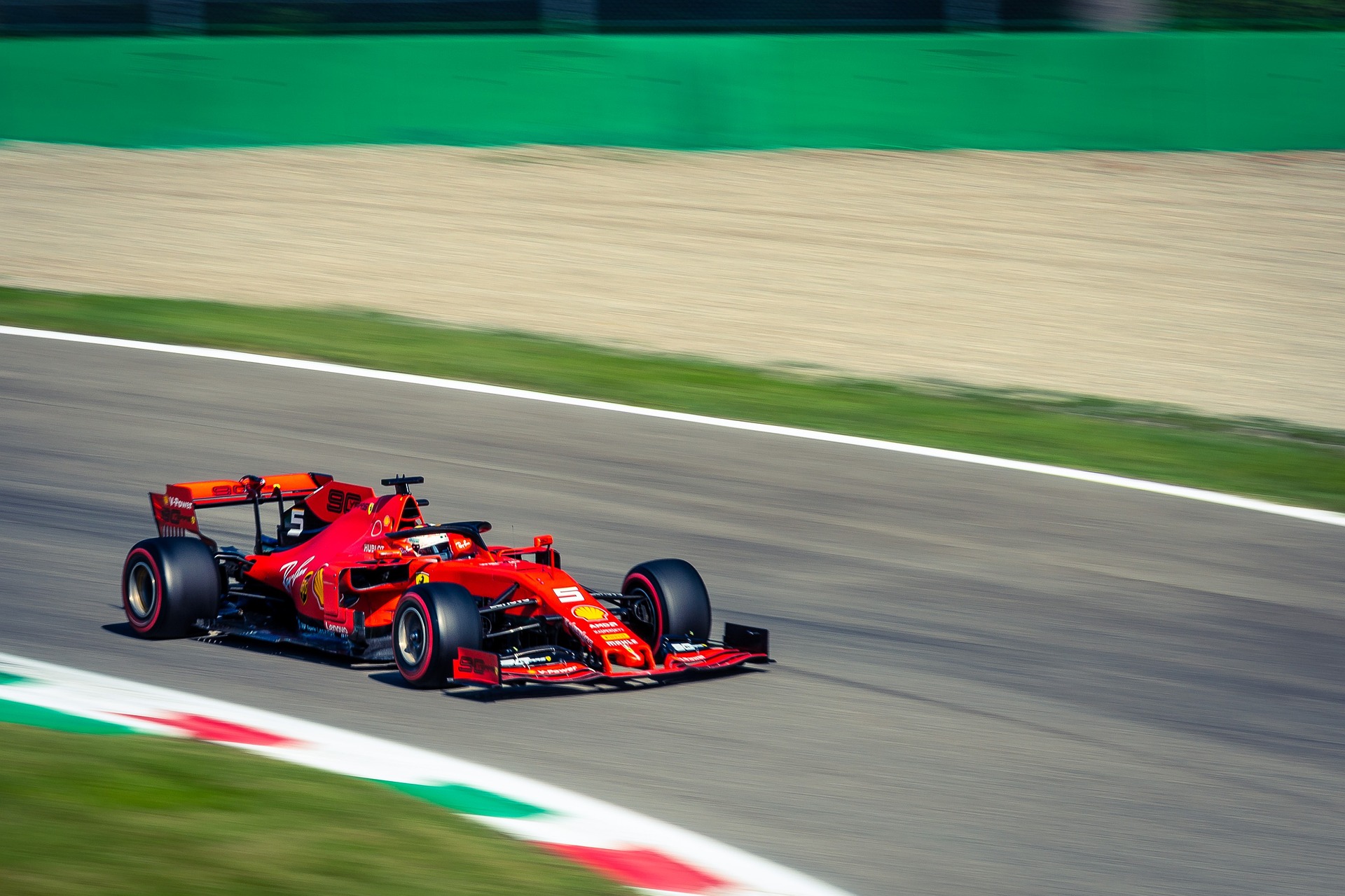Decoding the Science of Car Paint: Color, Technology, and Trends
Imagine cruising down the highway in a glossy red sports car, the sun's rays bouncing off the sleek surface, drawing admiring glances from fellow motorists. It's undeniable – the color and finish of your car can significantly impact its aesthetic charm. But have you ever wondered what goes into creating these captivating hues? Let's delve into the captivating world of car paint, its technological advancements, and emerging trends.

The Intricate History of Automotive Paint
In the early days, cars were not associated with the vast spectrum of colors we see today. Henry Ford famously declared that customers could buy his Model T in any color as long as it was black. This was due to the durability and speed of drying of black lacquer paint. However, as cars evolved into more than just functional vehicles, so did their color palette.
The 1920s saw the introduction of pyroxilin, a quick-drying, lacquer-based paint. This innovation brought about an array of colors, and cars were no longer limited to monochrome. The 1980s saw the widespread use of clear coats, enhancing the durability and shine of car paint. The 1990s introduced water-based paints, which were ecologically friendly and offered a broader color spectrum.
Technological Breakthroughs in Car Paint
The process of painting a car is much more complex than merely splashing on a coat of color. It often involves multiple layers, including primer, basecoat (the color), and clearcoat (for shine and protection). This multi-layered approach ensures durability, corrosion resistance, and aesthetic appeal.
Recent years have witnessed significant strides in paint technology. Self-healing paints, for instance, can repair minor scratches by themselves, reducing the need for frequent paint jobs. Heat-reflective paints help in maintaining the car’s interior temperature, reducing the burden on air conditioning and improving fuel efficiency.
Current Trends in Automotive Paint Industry
Color trends in the automotive industry are continually evolving. While classic shades like black, white, and silver continue to dominate, there’s a growing demand for more unique, personalized colors.
Metallic and pearlescent finishes are gaining popularity for their ability to create depth and shine, adding a luxurious feel to the vehicle. Matte finishes, once exclusive to high-end luxury cars, are now becoming mainstream, appreciated for their understated and sophisticated appeal.
Impact of Car Paint: More Than Just Aesthetics
The color and quality of a car’s paint job play a surprisingly significant role in its overall value and performance. A good paint job protects the car’s body from corrosion, extends its lifespan, and enhances resale value. Certain colors, such as white, have been found to be safer as they are more visible on the road.
The Future of Car Paint: Challenges and Opportunities
The automotive paint industry faces several challenges, such as environmental regulations and the need for faster, more efficient painting processes. However, these challenges also present opportunities for innovation.
Eco-friendly paints, such as waterborne and powder coatings, are on the rise. There’s also a surge in interest for smart paints - paints that change color with temperature or light, paints that charge electric cars, and even paints that clean themselves.
In conclusion, the science of car paint goes far beyond aesthetics. It’s a fascinating blend of chemistry, technology, and trends, constantly evolving to meet the demands of the industry and the desires of consumers. The next time you admire a car’s glossy finish, remember there’s more to that shine than meets the eye.




